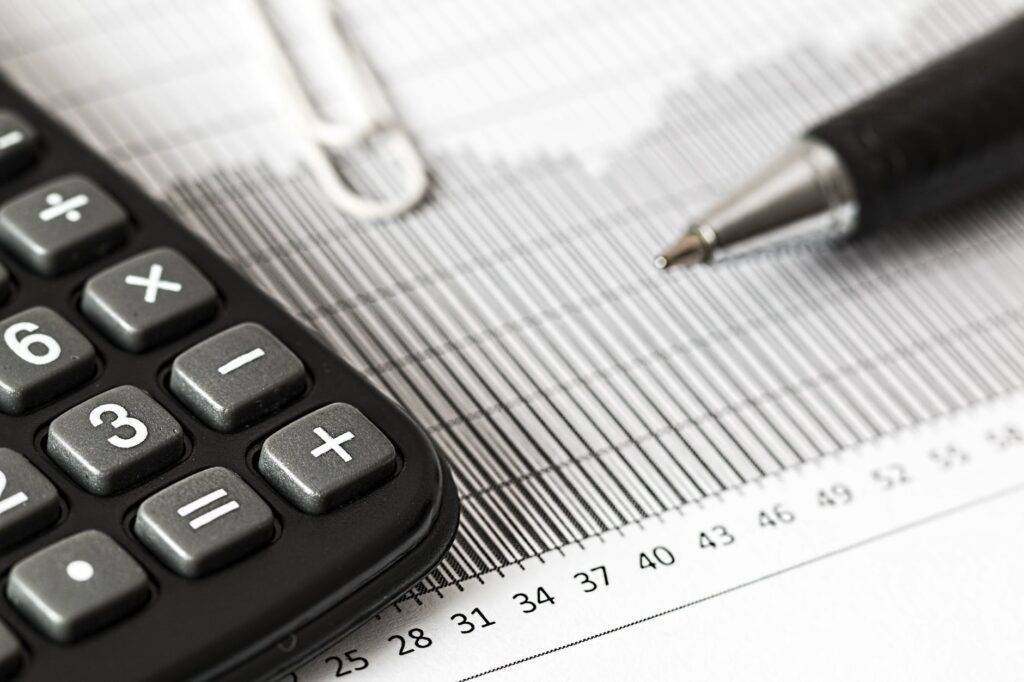Determine what type of COVID related relief payments you received
First, if you received payments under any of these programs, you will have to add the amount received to your 2020 taxable income:
• Canada Emergency Response Benefit (CERB),
• Canada Emergency Student Benefit (CESB),
• Canada Recovery Benefit (CRB),
• Canada Recovery Sickness Benefit (CRSB),
• Canada Recovery Caregiving Benefit (CRCB)
You should have received already your T4A (for benefits issued by the CRA) and/or a T4E (for benefits issued by Service Canada) tax slip in the mail. Residents of Quebec should receive both a T4A and RL-1 slip.
Determine your tax bracket
Second, you need to determine your taxable income for 2020 excluding any CERB benefits received. The easiest way is to use an online calculator. I found one on Turbotax website, it will quickly calculate for your Federal and provincial tax. Keep in mind, this is just an estimation (assuming you did not claim any tax credits for 2020).
Start by choosing your province of residence. After, you should enter your income in the appropriate field shown in the website.
https://turbotax.intuit.ca/tax-resources/canada-income-tax-calculator.jsp#
For example, if you live in Ontario and your taxable employment income is 65,000 $ excluding any CERB benefits. Then, total amount of taxes due is $11,584.

Was any tax deducted?
The third step is to determine if any taxes were deducted in your Tax slips.
Rule of thumb:
• If you received the CERB or CESB, no tax was withheld when payments were issued.
• If you received the CRB, CRSB, or CRCB, 10% tax was withheld at source. This does not mean you will no return a portion. It will depend on your tax rate for 2020. If your tax rate is higher than 10%, then you may have to pay back the difference between your real tax rate and the 10% withheld.
Once you receive your tax slips, you can check if an amount of tax was withdrawn at the source. See below the highlighted field.

How much should I pay back?
The fourth step you to use the calculator to estimate the taxes owing on your income without, and with, the government’s relief benefits — the difference between the two is how much extra money you should set aside for the 2020 tax year.
Let’s go through one example:
David resides in Ontario and his employment income for 2020 was 50,000$. Because his hours of work were reduced, he had to apply to CERB program. Following his application, he received 10,000$ in CERB support benefits.
Using the turbotax website, his federal and provincial income taxes for 2020 (excluding CERB) are 7,244 $ (see image A). If we include the CERB payments received, his total taxes becomes 10,209$. David will have to reimburse the difference 2,965 $.
The method above provides an estimation only. The calculation does not include any tax credit that David might be entitled to.
Image A

Image B

Will there be any interest charges?
No interest will be charged on related tax debt until April 30, 2022. The government took this decision on February 9th 2021. There is one condition to this rule which is that your income should not exceed 75,000$ in 2020.
Make sure to file on time your taxes otherwise you will be charged a 5% penalty and 1% for every full month past the deadline (to a maximum of 12 months).
Recommendation: use your tax credits to reduce the amount due!
if you have any amount due because you received CERB relief payment, you have to make sure to apply all the credits you are entitled too. This can help reduce the amount due.
here’s some credits that you can apply to:
Medical Expenses: you can claim medical expenses such as Medical costs incurrent during a Travel abroad, Dental care or medical supplies. It’s important to mention, you can only claim expenses that you have not been reimbursed for.
Childcare Expenses: you can claim expenses paid to caregivers, daycare centers, day camps…etc. These childcare expenses should be claimed only if it allowed you to gain employment income, carry on a business either alone or as an active partner or attend school/pursue academic research under certain conditions.
Work From Home Expenses: This a new tax credit. You have two options:
- Simplified method: allows you to claim a maximum of 400$ tax credit if you worked from home 200 business days last year (rate of: 2$ per day). You have to fill out T777S form;
- Detailed method: allows to claim more than the 400$ tax credit. However, you will have to provide more documention and proof. In addition to the T777S, you’ll need a T2200S form signed by your employer which certifies that you worked from home due to the pandemic. You’ll also need the receipts for all of your expenses.
Tuition: Fees paid by you to a post-secondary educational institution in Canada.
RRSP contributions: any amount contributed to an RRSP will reduce your taxable income. Consult your notice of assessment to know if you have any carry over contribution room.
Charitable donations
Other related posts

